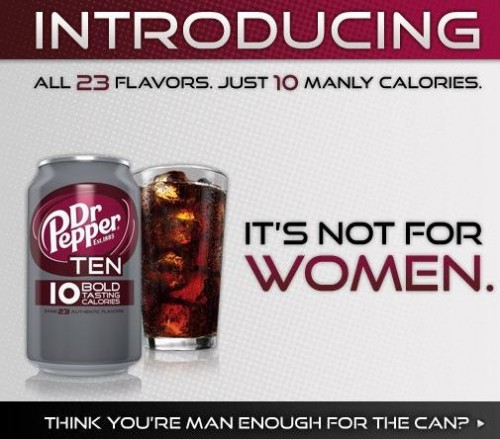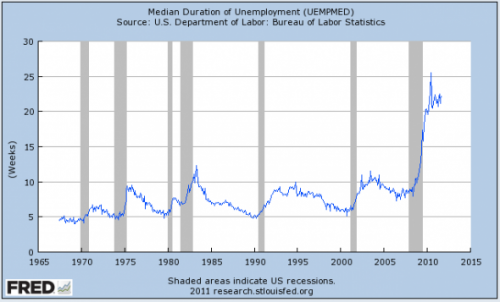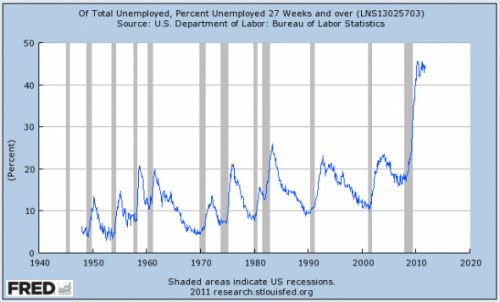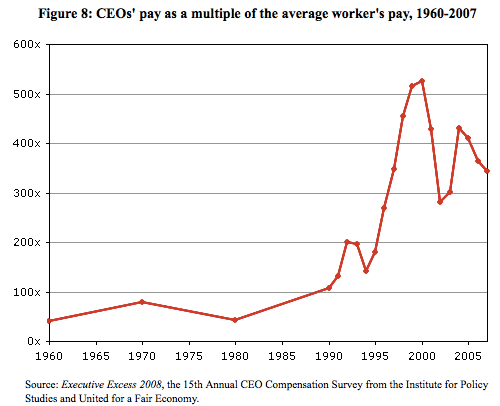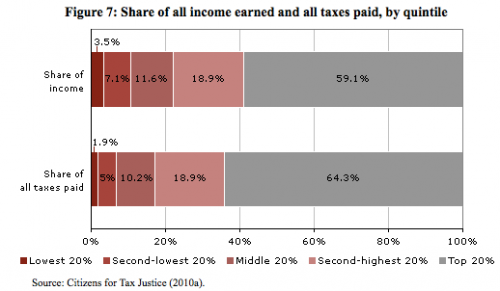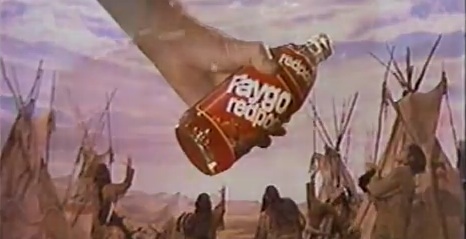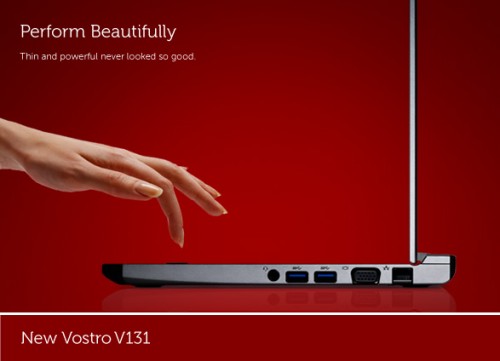Re-posted in honor of Love Your Body Day.
In “Yearning for Lightness: Transnational Circuits in the Marketing and Consumption of Skin Lighteners,” Evelyn Nakano Glenn* argues that in many areas of the world, light skin tone is a form of symbolic capital; research indicates that individuals with lighter skin are interpreted as being smarter and more attractive than those with darker skin. Glenn suggests that this symbolic capital is especially important for women:
The relation between skin color and judgments about attractiveness affect women most acutely, since women’s worth is judged heavily on the basis of appearance…men and women may attempt to acquire light-skinned privilege. Sometimes this search takes the form of seeking light-skinned marital partners to raise one’s status and to achieve intergenerational mobility by increasing the likelihood of having light-skinned children. (p. 282)
I thought of Glenn’s article when we received an email from Fatima B. about personals ads in Islamic Horizons, a magazine distributed by the Islamic Society of North America. Fatima says the ads for women often contain references to skin tone, where the women are described as “fair.”
The January/February 2011 personal ads section contains this example:
Looking through the past year’s matrimonial ads, I found several others, such as these:
Sunni Muslim parents seeking correspondence from professionals for their Canadian born/raised daughter, BA honors, fair, attractive, 289, 5’4”, with good Islamic values.
Sunni Muslim parents of Indian origin seeking professional match for their daughter 30, 5’1”, attractive, slim, fair, good family values, engineering graduate, working in Management Consulting. Inviting correspondence from residents of Toronto only
Sunni parents Urdu speaking of India origin seek correspondence for their daughter US citizen, 25, 5’4”, pretty fair, religious (non-Hijab) MD from prestigious institution second year resident.
As you’d expect, the ads placed by (or on behalf of) men didn’t stress their looks as much as the ads placed by women did. I only found one example in which they made clear the man was light-skinned:
Muslim parents of US born son, 3rd year medical student, 24, 6’2”, slim, fair seek Pakistani/Indian girl, 18-22, very beautiful, fair, tall, slim, religious and from a good educated family
Of course, to the degree the ads emphasized looks, they aren’t particularly different than personals ads anywhere else except that they emphasize skin tone openly. I am sort of fascinated by how often the word “lively” is used in the ads describing women, though. It appeared in a number of different ads in the “seeking husband” section, but I’m not sure exactly what “lively” might be code for (in the language of personals ads, that is, where you try to convey lots of info with very few words).
Anyway, back to our original topic, these ads clearly illustrate the use of skin tone as a form of symbolic capital, which those who have it (particularly women) may highlight to make themselves more attractive on the romantic marketplace, and which others appear to actively value. Further, by allowing ads to include “fair” as both a characteristic the ad placer has, and as a sought-after quality, the editors of the magazine legitimate the open valuing of light-colored skin over other skin tones.
Fatima was pleased to see this practice called out in an ad placed in the most recent issue:
* Article is from Gender & Society 2008, vol. 22, issue 3, p. 281-302.




